When did the recorder begin to be seen by audiophilists as an artifact of the Walkman? When the Sony D50 turned into a high-quality player in the country, even Sony, which has always been slow-moving, was smarter. In the face of the urgent needs of consumers, the new Sony Recorder D100 not only has Independent music menus, support for FLAC, and even the sound effects of Walkman have been copied, and the D100 is willing to become a new player for enthusiasts. But at this point, the Sony D100 is more or less awkward. Is it getting closer to the Walkman's original direction?
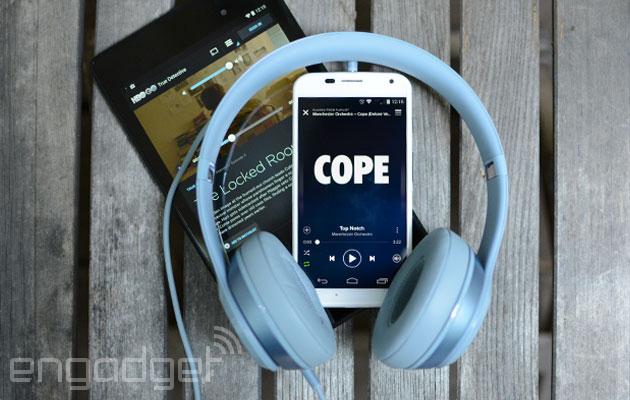
When the recorder began to receive the favor of the fever, this problem may not be verified. In fact, not all audio players can accept the recorder as a Walkman. The reason is nothing more than two points. One is With the convenience of the portable, the D50 obviously does not meet this requirement. The other is the operation that adapts to the playback performance. The D50 acts as a professional recorder, and neither the interface nor the buttons are optimized for audio playback.

But one of the advantages of the D50 is enough to disregard the above two points, that is, playback capabilities. As the tape drive, CD player, and MD machine gradually withdrew from the historical stage, the sound quality of the original MP3 could not be recognized by enthusiasts. A few years ago, there was no concept like "national brick", for some players who pursued analysis. It is far from enough to see, and this vacancy happens to be compensated by the D50 being beaten. Just like the current recording pen market, it is either light and convenient, or it is replaced by volume. However, no matter which kind of recorder emphasizes the recording function, it is impossible for each manufacturer to emphasize the audio playback on the recorder.
The advantage of D50 is that it has achieved a balance among consumers in terms of price and performance. For example, KORG, Roland and other higher-end recorder brands pay more attention to recording performance. The audio playback capability has reached the bottleneck of limited volume, which is relatively low. Some D50s have the dual advantages of sound quality and price. The enthusiasts who do not pursue recording performance naturally regard it as an "artifact". It can be said that the D50 is promoted as a high-quality player, and it has nothing to do with the appropriate launch period and moderate price/performance ratio.
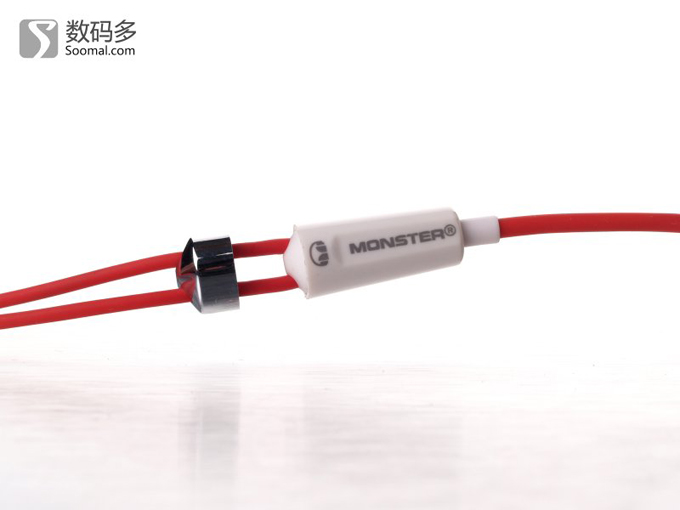
Let's take a closer look at the new D100. Sony certainly won't let go of the player's selling point. In order to build a qualified D50 successor, even for the D100 to develop a separate Chinese language system and independent music playback menu, we are not difficult It was discovered that even Walkman's Clear Bass sound and EQ were ported to the D100. Since the release of the D50 in 2009 to today, Sony is not completely indifferent during this time. The flagship SX1000, which is light and convenient, has already supported the separation of recording and music playback. By separately setting two different folders to distinguish recordings. Files and music files, the SX1000's music playback operation is not much different from most portable players.
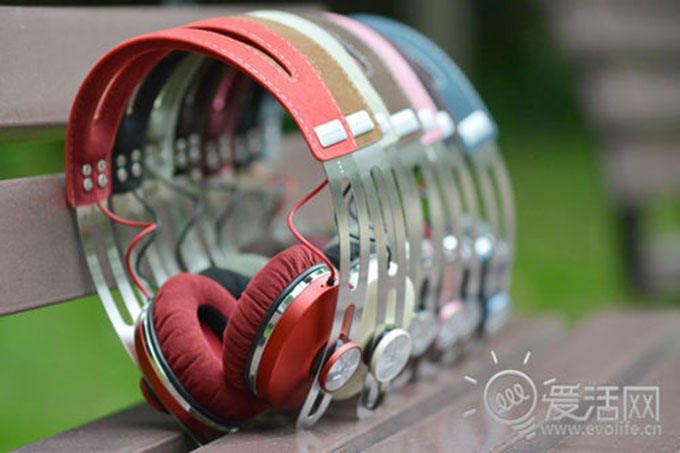
Until the D100 debut, Sony finally completed the separation of recording and music playback, but only used the folder playback mode, which also tests the music management habits of everyone on weekdays, D100 can recognize up to 8 levels of folders, through artists, albums Or the genre of the genre, combined with the D100's music playback system to help quickly find the songs you are familiar with in the recorder, can not automatically identify the ID3 tag for classification, perhaps the biggest difference between the D100 and the professional player.

So why not simply give Sony the D100 more comprehensive music playback operation, the answer is obvious, D100's job is to record, Sony has very conscience to give the enthusiasts a Chinese playback system, so you can not ask for more. Compared with the D50, the D100 not only increases the microphone diameter to 15mm (D50 is only 10mm), but also supports PCM recording above 24bit/96kHz, supports up to 24bit/192kHz, and even 1bit 2.8MHz SACD specification DSD recording. It is a part of what Sony calls "Hi-Res Audio." Counting Sony's latest audio product line, we can also find that D100 is like a high-quality music production factory, because all the original source of music is recording, Sony wants to build a high-quality audio solution, high-end The recorder is an indispensable part, so it is impossible and impossible to let the music play the D100's limelight. The D100 exists for high-quality recording.
In this case, we still have a problem. Recorders such as the D100 are obviously not qualified for recording in the studio. The professional recording equipment is hundreds of thousands of units, and the whole set can even reach millions. It is far from the price of only 5,999 yuan. The D100 can be compared. It is too casual for ordinary users to use as a concert. If it is a daily conference recording, interview recording is too small, what is the D100 audience?
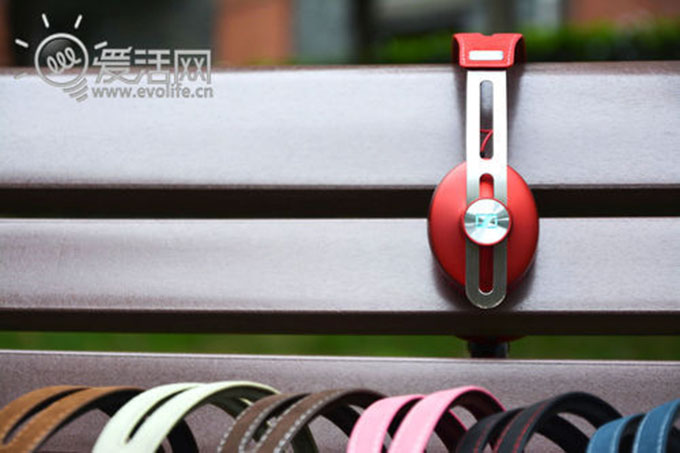
First of all, it must be clear that the D100 is a consumer-grade recording pen. It is not a fork, but it is extremely common. Compared to professional recording microphones, mixers, synthesizers and other countless devices, these functions are all integrated in the D100. . Musicians can use the D100 to record live performances during rehearsals, and immediately listen to analyze the deficiencies in the performance, and can share the audio files with others, which is the responsibility of the D100 as a portable recorder. Providing an integrated solution for recording, processing, and playback. Compared to professional recording equipment that requires a person to control from the front to the back, the D100 pays attention to portability and efficiency. The real recording performance is based on this design. of.
But even if the D100 has been able to automate most of the audio processing work, the most critical of the recording is still awkward. If the best on-site configuration is not possible, the D100 recording effect will not be fully realized. For a recorder such as the D100, the recording process is nothing more than three points. The first is the recording method. Simply put, how to collect the sound, this part is related to the use of the microphone, and the second is the recording format. That is, the choice of audio formats such as MP3, WAV or DSD, in which WAV has a variety of specifications at the same time, the last point is to flexibly use various D100 built-in recording technology to avoid some distortion, or better Complete the recording process.
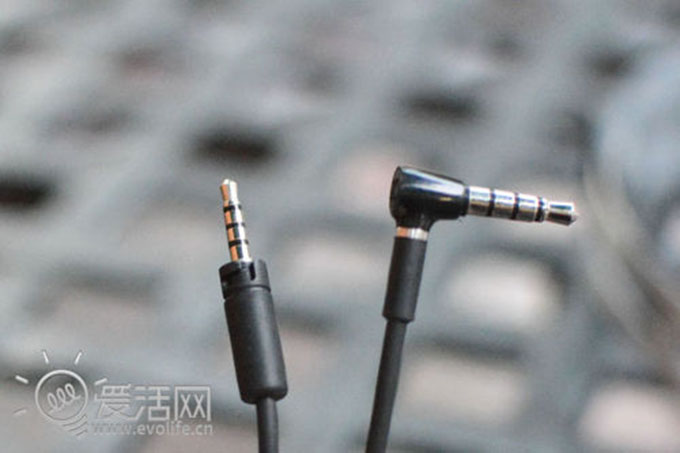
There is also a need to pay attention to the use of the microphone. The recorder is not as simple as a mobile phone. The orientation of the built-in microphone can be changed. Different combinations also have different application scenarios. For some high-end users, the use of external recording equipment is also a good choice, D100 has two input interfaces LINE IN and MIC, the former can achieve digital recording through optical fiber, audio cable, the latter can be connected to an external microphone to record analog sound . Unfortunately, neither the D50 nor the D100 is equipped with an XLR interface, nor does it support 48v phantom power. The advantage of the XLR interface is that two channels can be used to transmit signals with the same signal and opposite phases, and the receiver is eliminated by signal subtraction. Interference signals, this interface is also used by many high-end microphones or recorders, and support for 48v fantasy power supply can be connected to a condenser microphone, the lack of both also makes the D100's scalability greatly reduced.
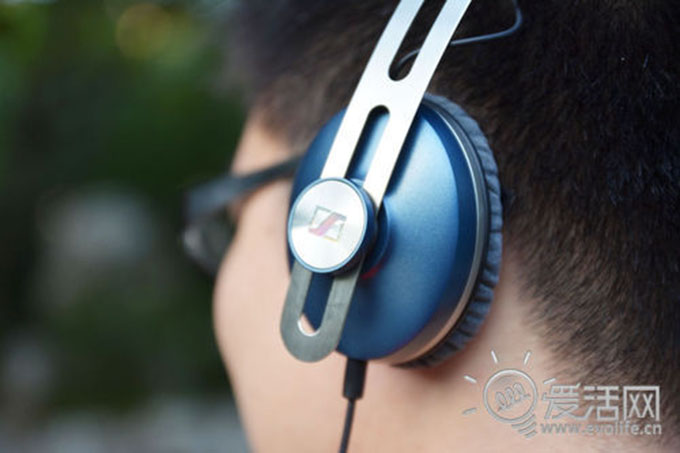
Ok, no, there is no flaw, you can use the D100's own film to record. Generally, the direction of the microphone can be divided into three types, and the left and right sides are rotated by 45 degrees in the middle, which is called "XY position", and is usually applied to a solo performance or a dialogue of two or three people, providing a natural and true stereo recording. Conversely, rotating the microphone 120 degrees to the outside allows you to record a wider range of ambient sounds, such as chorus, orchestral performances, and more. If the two microphones are set at 90 degrees, the front directivity is the highest, and the surrounding sound is not easy to collect. The specific microphone placement method can be determined by the scene environment and the size of the room. Different combinations can achieve different sound fields and surround sound effects.

Throughout the recording process, from microphone to audio recording, this process involves “analog-to-digital conversionâ€. As the name suggests, it is the process of converting from analog sound to digital signal. The recording is called “sampling†because the digital signal is different. Analog sound, which is not continuous, but divides the analog sound into a series of digital frequencies, just as the picture is shown in pixels. The 320Kbps MP3 and 16bit 44kHz WAV that we are exposed to every day define how the sound is saved in "how many pixels", but the image is flat, the sound is stereo, and the parameters are much more complicated.
The D100 offers 10 linear PCM recording formats from 16bit 44kHz to 24bit 192kHz, 16bit 44kHz is the standard CD recording format, and SACD is a standard developed by Sony and Philips. The DSD recording format is better than linear. PCM. 16bit means that the 16th power of 2 can be recorded, that is, 65536 signals. The higher the number of bits, the better, and the sampling frequency represents the accuracy of the signal. Of course, the higher the frequency, the higher the accuracy, the number of bits and the sampling frequency. The sound capacity of this format is determined. For a compression format such as MP3, the code rate determines the amount of semaphore that can be transmitted per second. However, DSD is relatively straightforward. It does not have the multi-digit concept of PCM. It only converts analog signals directly into digital signals at 2.8 million times per second and 64 times faster than 44 kHz. Therefore, the sampled waveform is very close to the analog waveform. The quality of recordings is of course greatly enhanced, and more and more recording pens will support this more advanced DSD recording format in the future.
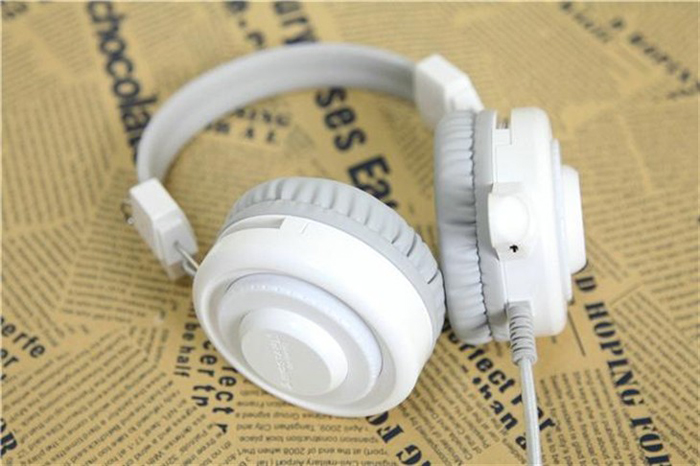
After completing the placement of the specifications, we can start recording, but the D100 offers a variety of techniques to improve the recording quality. What do you need to pay attention to during recording? Minimize distortion as much as possible, and record as little noise as possible, and reduce distortion can be achieved by upgrading the equipment, but we only talk about D100 here, how to avoid distortion requires flexible use of the level tool. We can understand that level is the maximum limit, and some are similar to the volume adjustment of the player, but there are essential differences. If the level is too small, the volume of the recorded sound may be too low. If the level is too large, the volume may be caused. The sound is broken beyond the peak of the microphone, so the level is not equal to the volume. Although the visual performance seems to be the difference in volume, the level is more similar to a desirable dynamic range.
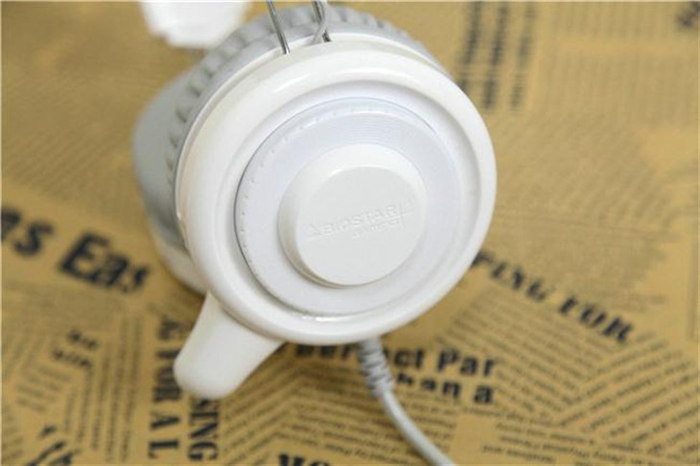
The D100's level improvement over the D50 is to support independent level adjustment of the left and right channels. Turning off the protective mask rotation level wheel can adjust the level of the left and right channels at the same time, while pressing the middle button The outermost wheel can be independently adjusted to achieve independent adjustment of the left and right channels. However, the D100 does not have an automatic level, which means that it is not possible to automatically adjust the level during recording to avoid distortion. In this case, we can also determine the level change in real time through the two peak indicators under the microphone.
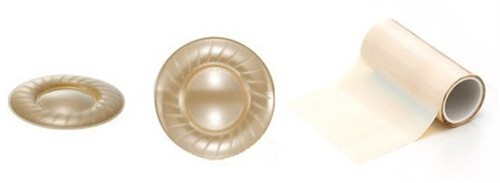
When the green light is on, the level exceeds the -12dB average. When the red light is on, the level has exceeded the peak value of the microphone and may cause distortion. The ideal recording process is to keep the sound level above -12dB and not exceed the peak value. Reflected on the indicator light, the green light is on and the red light is off. At this time, the best recording effect can be obtained.
Since the D100 does not have an automatic level, it is compensated by the way of saving the country by curve. The LIMITER function exists to solve this situation. Since one channel can accommodate two A/D converters, the D100 can automatically enable the limiter circuit when an excessive input occurs, replacing the over-input signal with an audio signal that is -12dB lower than the normal circuit, thus avoiding distortion. . Depending on the situation, the user can also choose the time to switch from the limiter circuit to the normal circuit. If there is a sound that exceeds the peak for a long time, it is recommended to select it after 1 minute. Compared to the pressure limit, this is a better solution to compensate for the distorted signal by replacing it, and to ensure the integrity and naturalness of the waveform as much as possible.
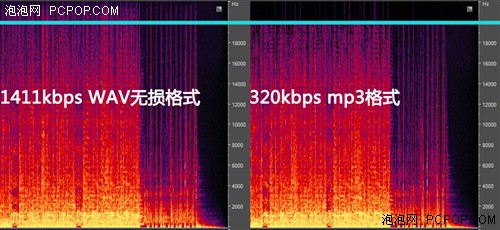
To reduce noise, you can use both physical and software methods. Physical noise reduction is simply to keep the recording scene quiet. In addition, do not touch the recorder during recording. Use a tripod to fix the D100. If it is outdoors. In an irresistible environment, in order to reduce wind or breathing, you can use the included windshield. On the software, the D100 provides LCF, which is the Low Cut function. It can ignore some low-band noise such as air conditioner and air flow. It is available in 75Hz and 150Hz.
In addition, the signal-to-noise ratio of 100dB can also reduce the noise generation. By using two A/D converters for over-input switching, the linearity of two different-level A/D converters is maintained, thereby achieving a high signal-to-noise ratio. However, this function cannot be turned on at the same time as LIMITER. The LIMITER and SNR 100dB functions cannot be used when recording DSD files.
After debugging various parameters and the position of the recorder, the preparation work is not finished yet. We have to make some trial recordings, plug in the headphones on the D100, and adjust the D100 again by actually feeling the recorded sound. . It seems that trouble is very necessary. After all, it is too late to adjust after the official performance. The trial recording process is equally important, which is conducive to discovering some problems during recording. In addition, you don't have to worry about the recording time being too long and the capacity is insufficient. Just plug in the memory card on the D100 and turn on the cross-memory recording. When the built-in 32GB capacity is insufficient, the prompt “Switching the storage medium to continue recording†will be displayed, and it will be automatically moved to Continue recording and save the file on the memory card.
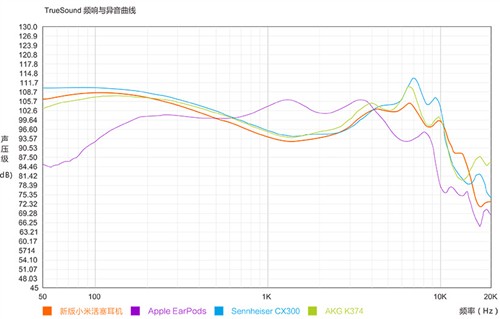
After setting up the recorder, try not to touch it. We can use the included remote control and receiver to operate the D100. The Remote interface on the body is used to install the remote receiver, and the remote control uses buttons. Battery powered. When the receiver is installed, align its remote sensor with the remote control's transmitter port and operate it remotely. Be sure to align it, otherwise the control may malfunction.
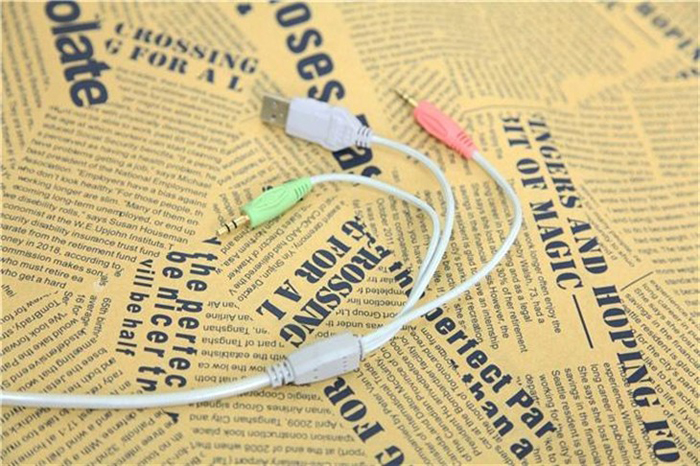
In order to ensure that you don't miss any details, the D100 also supports up to 5 seconds of advanced recording. This function is similar to Zoe or time shifting on the phone. D100 does not press the record button to start recording, but can cache. In 5 seconds, the recording is officially started when the play button is pressed, so that the first 5 seconds of information can be retained. This feature effectively prevents you from accidentally pressing the record button because of distraction or various reasons, keeping the information you want to record as complete as possible.
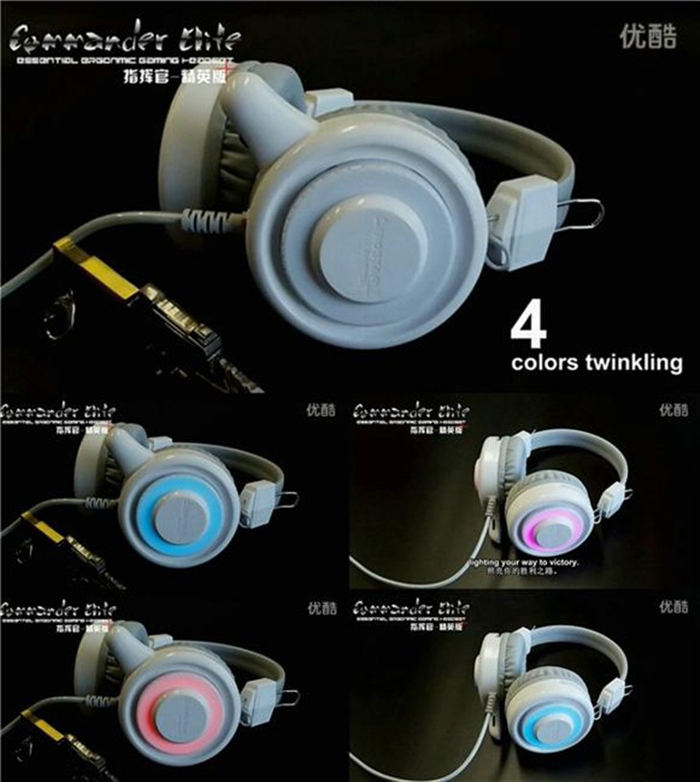
When everything is ready, you can start recording. We don't want to use D100 to record some meaningless sounds. Since many musicians use the recorder to record their performances, we also use D100 to experience the scene. The real effect of its recording. On the evening of September 21, we came to the auditorium of the Oriental Art Center. At 7:45 pm, the classical saxophonist Jiang Hanchao and his Swiss partner, the Swiss pianist and conductor Juan David Morano, were at The indoor duo is held here, mainly playing the original chamber music and adaptations of various saxophones and pianos. For this reason, we arrived at the scene one hour earlier. The main character of this indoor performance was also a small editor. Mr. Jiang Hanchao specially selected the best recording position for the D100. It is about three meters from the stage and uses a 120-degree wide-range recording method. The reverberation effect of the auditorium is believed to be able to play the D100's best recordings and use DSD-specific recordings throughout.
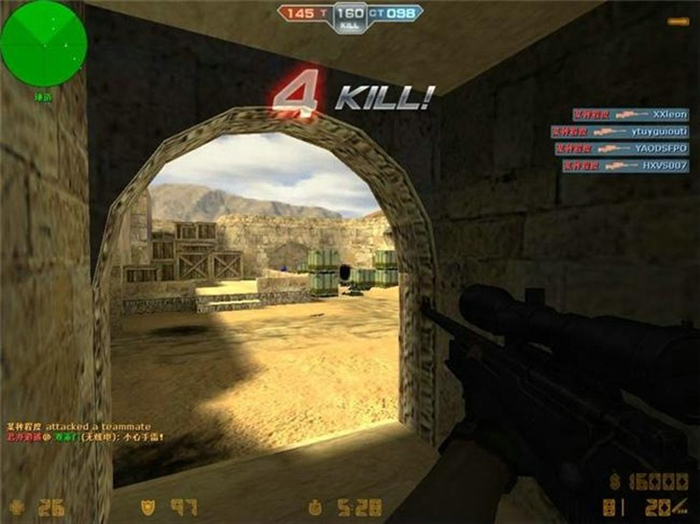
At the D100 conference, Xiaobian also talked about the recording experience of DSD. Compared with PCM recording, I feel that the sound quality of DSD is more imposing and full of tension, but it is also achieved under the comparable HiFi sound. In fact, there is always a certain imbalance between recording and playback. That is, the playback device used cannot reflect the difference in format. In addition, DSD cannot be played directly on the computer, and the supported devices are quite small. Therefore, we Feel the difference between DSD and PCM as much as possible with the D100+ Sony Z1000. Mr. Jiang Hanchao specially recorded 24bit 48kHz PCM recording files for us during the rehearsal before the performance. At the same time, he also made many valuable comments and suggestions for D100 users.
The most intuitive difference between a 1bit 2.8MHz DSD and a 24bit 48kHz PCM is transparency. Although the 24-bit 48kHz PCM already provides a fairly good resolution, it still has a layer of yarn compared to the ready-to-go DSD. feel. Especially in the crisp piano sound, the sound of the PCM appears to be more ambiguous, the stereoscopic effect is lacking, and the situation of DSD is much better than that of the piano. The overtone of the piano is pleasing and crisp. Just like the difference in the format, PCM is inevitably carrying a digital taste, the tone is not as sweet as DSD, the difference between the two is more obvious.
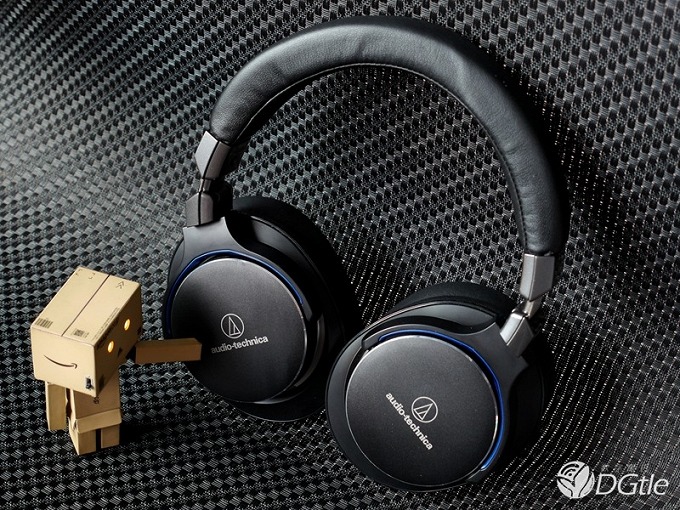
We deliberately chose the "Frank's A major sonata fourth movement" in the performance, the saxophone sound under DSD is more penetrating. Originally this was a violin sonata, but after adaptation by Mr. Jiang Hanchao, playing with the saxophone, a coherent piano accompaniment interspersed among them, and the cooperation with the saxophone was ups and downs, but it was all beautiful, compared with the 24bit 48kHz WAV. What will happen? In fact, the reason why we feel DSD's transparency and image is better because its sound is more slender and bright. We hold the same view as Mr. Jiang Hanchao, that is, the sound recorded by linear PCM is thicker. However, this thickness does not give off the momentum of the sound, because the image is not as clear and thorough as the DSD.
The sound of DSD is more like deliberately reducing the density in order to pursue the transparency of the image, so as to accommodate more sound information, but it does bring about the improvement of transparency, momentum and information, the sound of saxophone. More reminiscent of the long, unique vibrato is very well in place and resonate. Although the saxophone sound under linear PCM is also very complete, the image is not so clear, there is no such feeling of DSD, retaining most of the low frequency and not very prominent in the high sound.
What we should correctly understand is that although the sound quality of DSD and linear PCM are significantly different, this difference is not intuitively reflected when listening alone. DSD is excellent, but in fact, we don't need such high specifications in most scenarios. In addition, the sound information collected by DSD is several times that of linear PCM. Music with more than 4 minutes requires nearly 200MB of capacity. The 32GB D100's built-in capacity can only record 10 hours and 50 minutes, while the standard CD format 16bit 44.1kHz can be as high as 43 hours and 15 minutes, more than 3 times, and must also take into account the factors that DSD does not support.
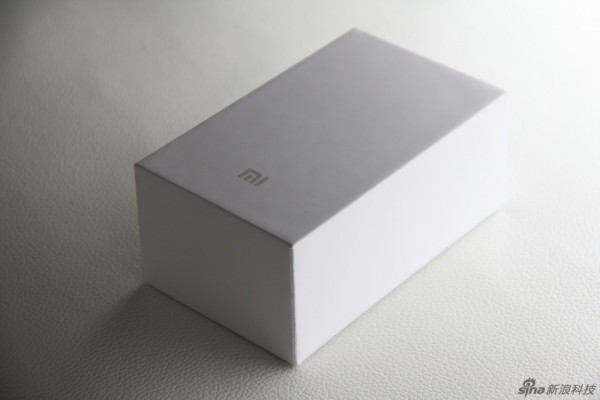
We also got the music files recorded by H4n+Schoeps MSTC64, which is the external microphone of the recorder under the typical XLR interface. Compared to D100's built-in microphone, it is dwarfed. Even with the advantage of format, DSD can't beat the 24-bit 48kHz linear PCM under H4n+Schoeps MSTC64. The most intuitive is the change in sound field. As mentioned before, the sound of the DSD is very slender, the image is good but the density is low, and the H4n+Schoeps MSTC64 combination has amazing sound field and image, which can feel the spatial reverberation under the scene, but the sound is relatively slim. D100+DSD didn't give me this feeling. The saxophone sound in the space is relatively thin, although the image is accurate but lacks the real sound field effect.

Analysis and the like are not so obvious after reaching a certain height. Whether the pressure and excitement of the live ensemble can be restored reflects the level of recording. Perhaps it is unfair to compare D100 with an external external microphone such as Schoeps MSTC64. But we just want to explain that the expansion performance of the recorder is equally important. As the lower-end cheaper than the D100, the Zoom H4n supports 48v phantom power and XLR interface. The D100 that locates the professional recorder is completely ignored, and it must be said to be a fatal mistake.
Double-Side Pcb,Double-Sided Pcb-Heater,Double Sided Pcb Making,Double Sided Pcb Thickness
PCB Assembly Co., Lt d , http://www.nbmultilayerpcb.com
